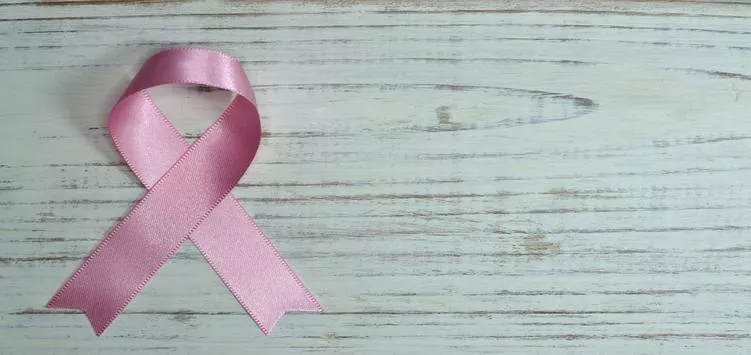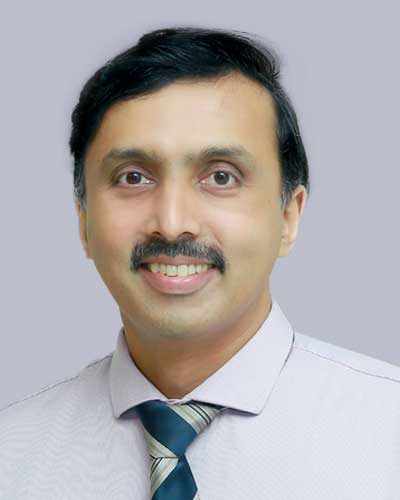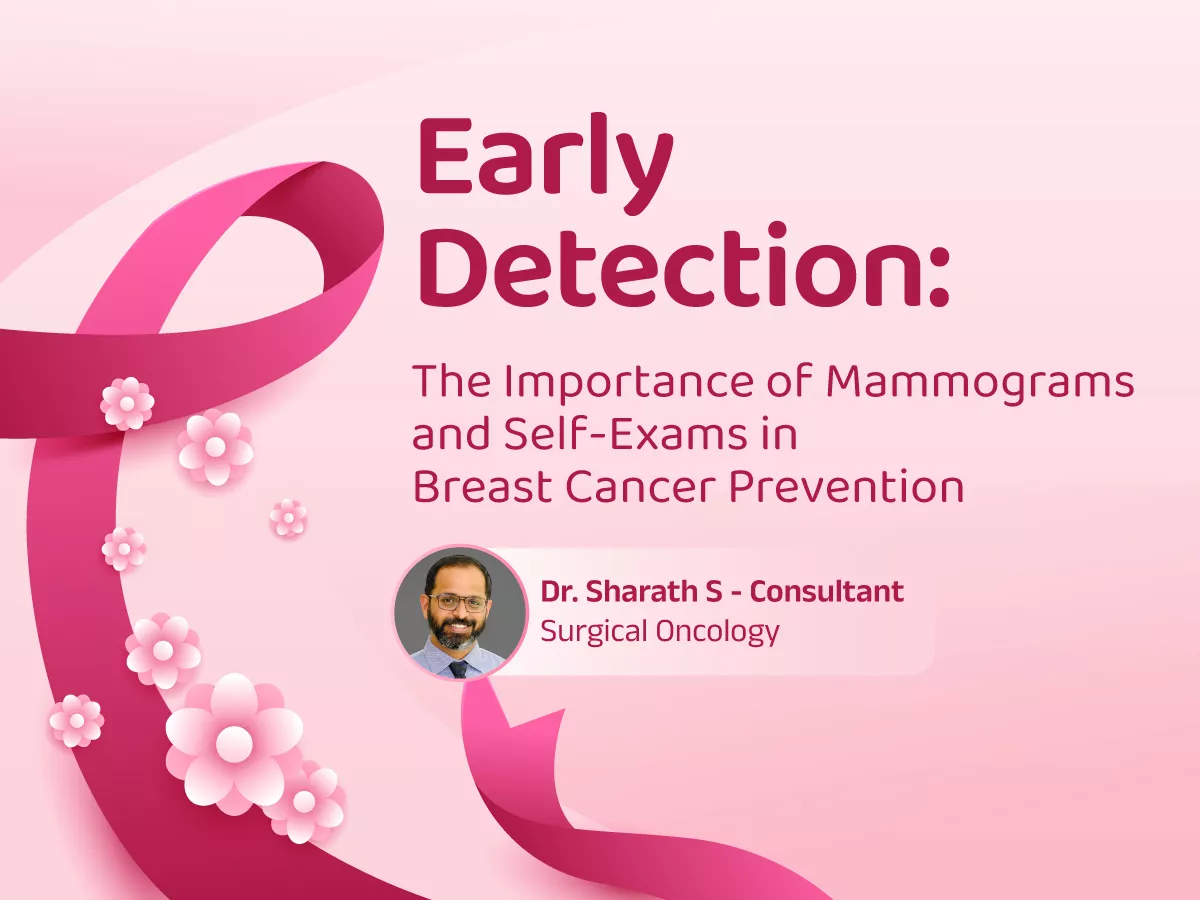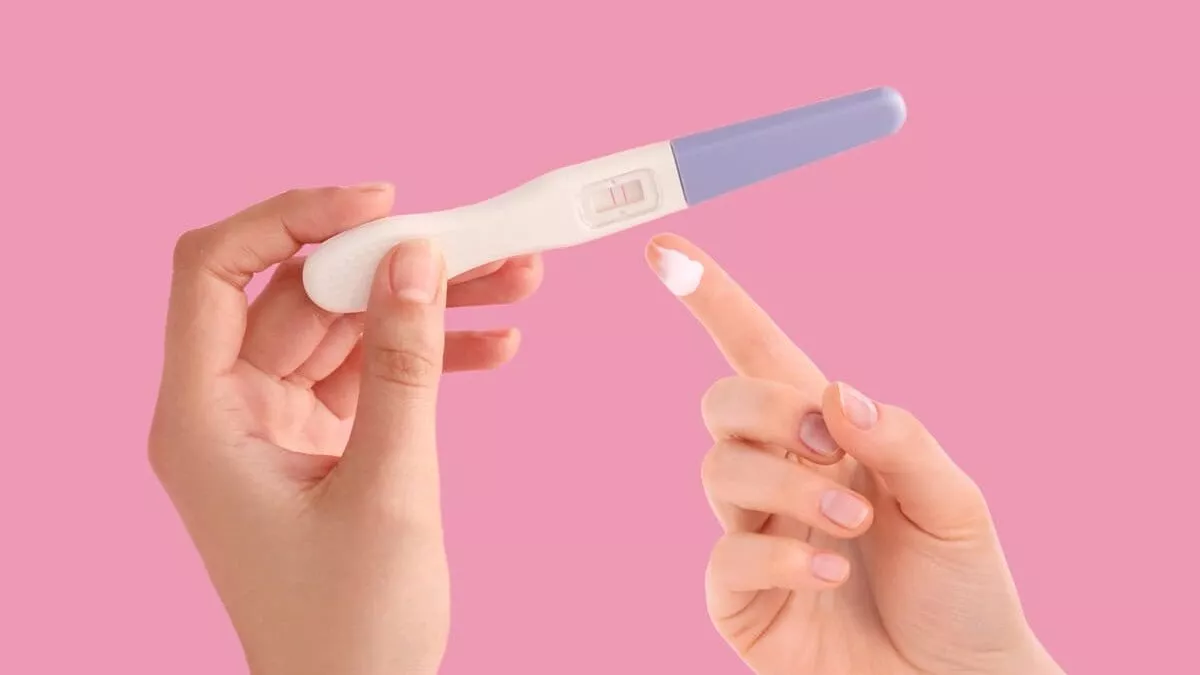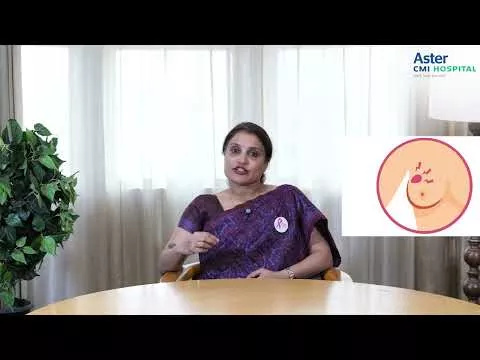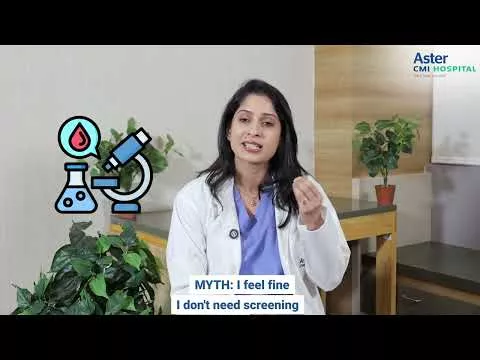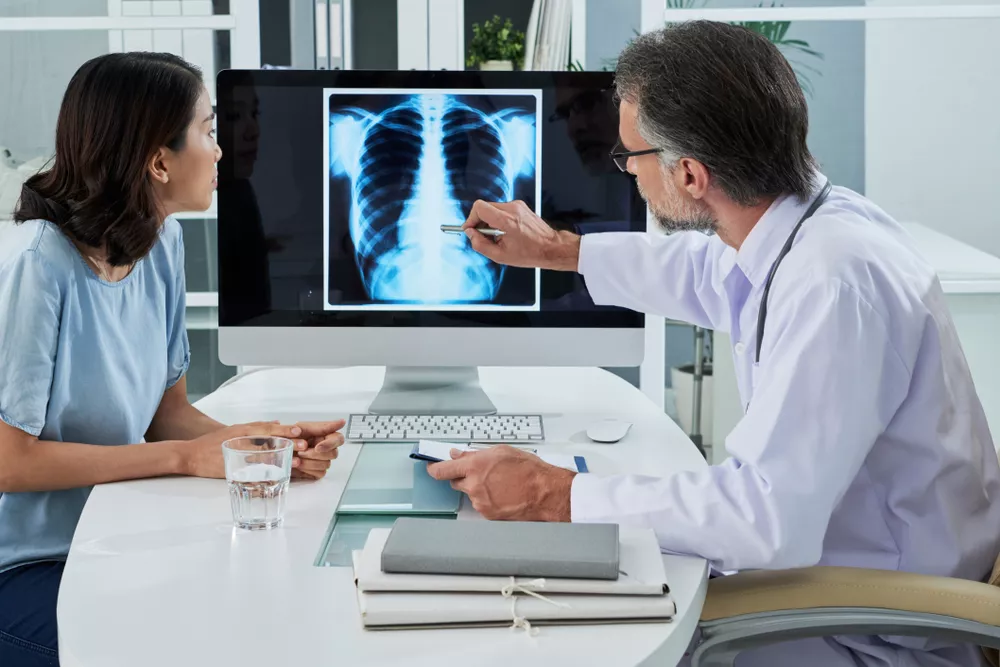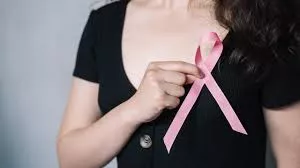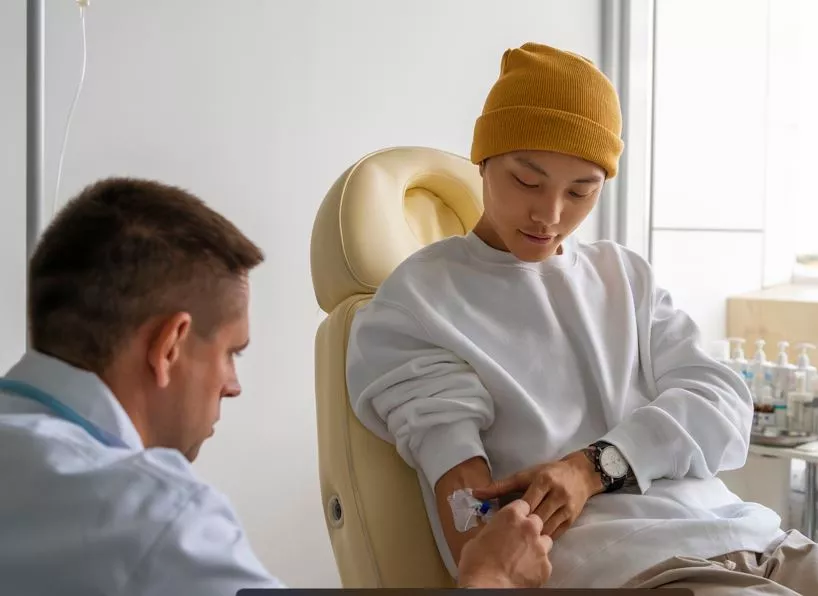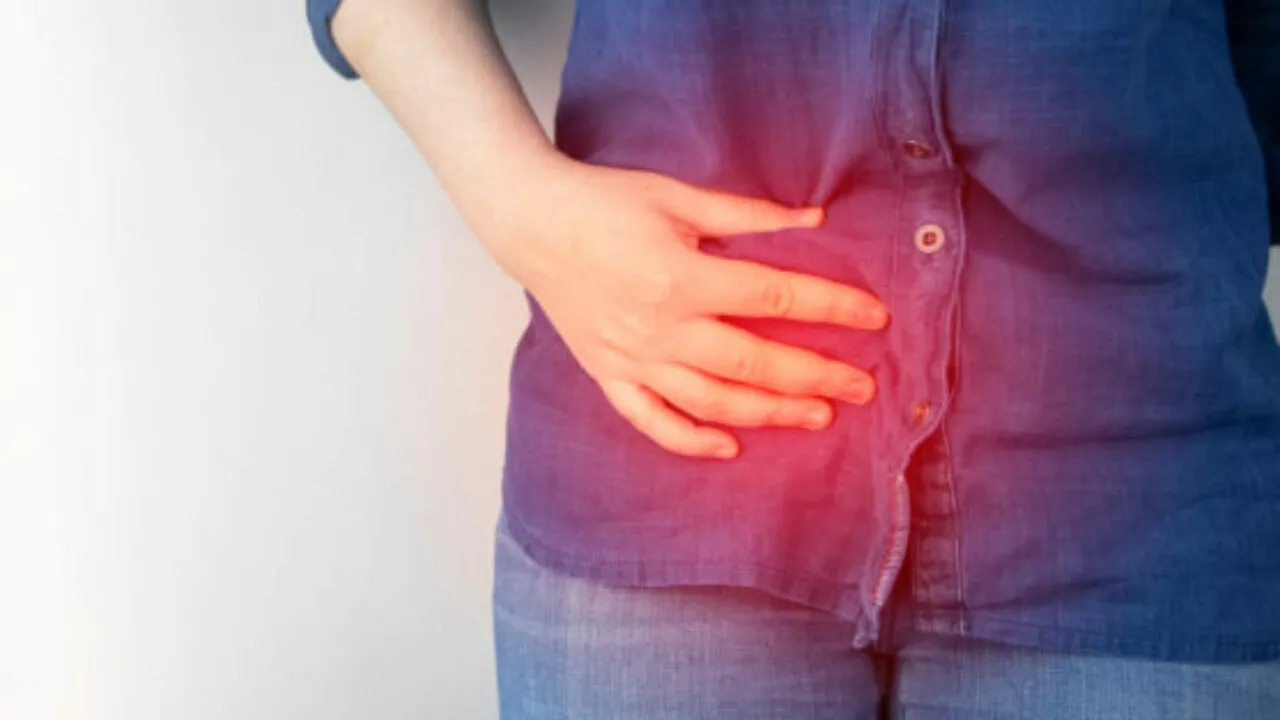If you are a woman, you have a 1 in 8 chance of getting breast cancer during your lifetime. There are various signs and symptoms involved, but having one or more symptoms does not guarantee that you will develop breast cancer. Many women with breast cancer have no reasons other than the fact that they are women. Chemoprevention and preventive surgery for early symptoms of breast cancer will increase the patient's survival rates.
What is Breast Cancer?
Breast cancer is developed by genetic mutation and DNA damage, which are impacted by estrogen exposure. It is primarily due to the inheritance of pre-cancerous genes or DNA abnormalities like BRCA1 and BRCA2. Consequently, having a family history of breast or ovarian cancer increases the risk of developing breast cancer.
In women, breasts are made of fatty tissues, milk-producing glands, and tubes called ducts.
It is surrounded by a vast web of lymph vessels and lymph nodes. Immune cells in the lymph nodes attack and kill bacteria or viruses in the fluid. The fluids then flow through lymph nodes under your arm and vessels before entering your bloodstream. The majority of breast cancers begin in the ducts, and they can spread to any area of the breast. Cancer cells grow from the duct cells that line the ducts, and they develop and replicate to create a tumour. Cancer cells can spread through lymph nodes over time.
Early Signs of Breast Cancer:
Women need to know what is normal for them regarding their breasts. The most common early symptom of breast cancer is a mass lump in the breast. However, your signs of breast cancer may differ depending on the type of breast cancer. While many breast cancer patients develop a lump, not all of them will. Hence, it is essential to be aware of breast cancer's various signs and early symptoms.
The human body tends to emit various warning indicators. The most common sign of breast cancer is a lump that can be found anywhere along the chest wall and armpit. You can experience soreness, discharge as well as nipple bleeding.
There are several early symptoms of breast cancer, which includes:
- Lump in the breast
- Change in shape or size of the breast
- Discharge from nipple
- Swelling
- Changes in skin texture
- Lump around collar bone or underarm.
- Redness on the skin
- Rash on the skin or nipple
- Flattery or carved in nipple
How to detect breast cancer early?
Regular medical evaluation or breast self-examination can be performed to detect breast cancer early when it is likely to be effectively treated. While no single test will detect all breast cancers early, one of the best medical oncologists in Kochi - Dr. Arun R Warrier believe that breast self-examination along with other screening procedures can improve the chances of early diagnosis. Many women with the disease show no signs or symptoms. This is why regular breast cancer screening is of paramount importance.
Here are some of the common screening done for early detection of breast cancer:
Mammogram:
Mammography is the process of using low-energy X-rays to image the breast to detect breast cancer. It has 90% sensitivity and 90% specificity. Sensitivity increases with age as dense parenchymal tissues are replaced with fat. Two views of the breast are obtained, namely Craniocaudal and Mediolateral Oblique. In the former, the breast is compressed, and an X-ray is taken in the superior-inferior plane. Later, the breast is compressed, and an X-ray is taken in an angled medial to the lateral plane. Masses need to be 5 millimetres in size or larger for them to be detected on a mammogram.
Ultrasound:
Ultrasounds are the most commonly used imaging modality. It is very helpful in patients under the age of 40 whose dense breast parenchyma impedes the penetration of X-rays. It is particularly useful in evaluating masses where you can distinguish between cystic or solid lesions. Suspicious sonographic features include speculated contours, taller than wider orientation, angular margins, hypoechogenicity, microlobulations, and punctate calcification. The presence of such lesions may require cytological or histological evaluation.
Biopsy:
A biopsy is a producer that involves removal of the sample lump tissue using a needle device guided by a mammogram or X-rays. This sample will be examined through a microscope for further evaluation. It is the only definitive way to detect breast cancer. A biopsy sample is also examined to establish the tumour’s aggressiveness (grade), the type of cells involved in breast cancer, and whether the cancer cells have hormone receptors or other receptors that could influence your options for treatment.
Magnetic Resonance Imaging (MRI):
The MRI scanning to detect breast cancer will take 30 to 60 minutes. You will lie in a prone position on a medical imaging and diagnostic device during the test. During the preparation for MRI, the technologist will insert an IV into your arm. The contrast dye will be injected into the IV while the images are being acquired. The contrast will highlight abnormal areas on the images to detect breast cancer.
What should you do when you suspect breast cancer?
Change of breast size and shape can occur for various reasons, the majority of which are not significant. Breast lumps are common among women, and the majority of them are not malignant. It is best to see a specialist as soon as possible if you notice changes in your breast that are not usual for you. This is necessary since breast cancer must be ruled out. If the presence of cancer cells has been confirmed, appropriate therapy should be planned at the earliest.
For any query related to breast cancer & its treatment, you can book an appointment at the best cancer treatment hospital in Kochi, Kerala
FAQs:
1) What are the top risk factors for breast cancer?
- Although the exact cause of breast cancer is unknown, several factors may increase the risk. These risk factors include family history, late menopause, alcohol, increasing age, late menstruation, etc.
2) Can the risk of breast cancer be lowered?
- Though there are no definite ways to lower breast cancer, specific lifestyle changes may reduce the risk.
3) Does reproductive and menstrual history increase the breast cancer risk?
- Women who get pregnant in their late 30s and women who get their periods before the age of 12 and menopause after 55 are more prone to breast cancer.
4) Do all pains in the breast direct to breast cancer?
- It is rare to get pain in the breast due to cancer. However, it is best to seek a specialist if the pain lasts more than three weeks.
5) What are the major side effects of chemotherapy?
- Common side effects include diarrhoea, menopause, hair loss, fatigue, infertility, anaemia, nausea, and changes in smell or taste
